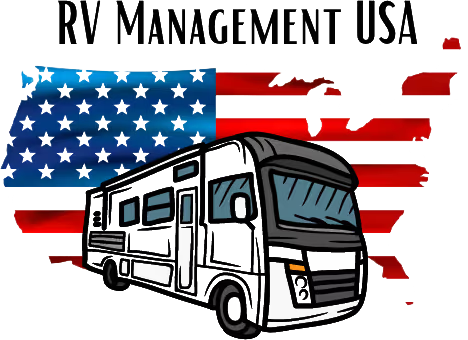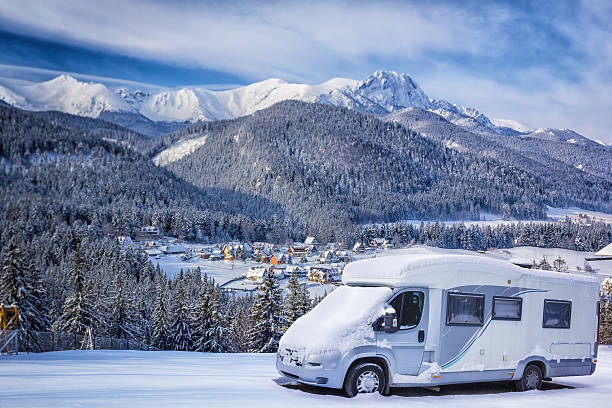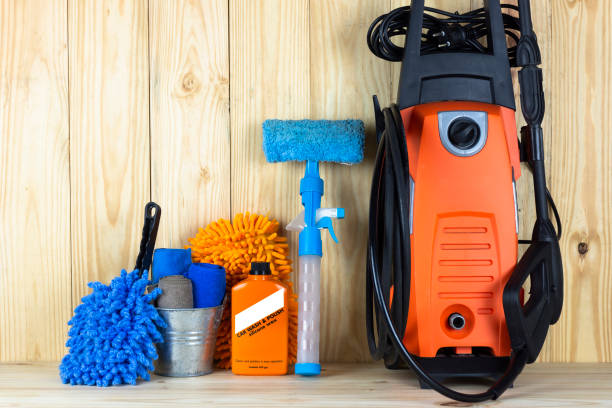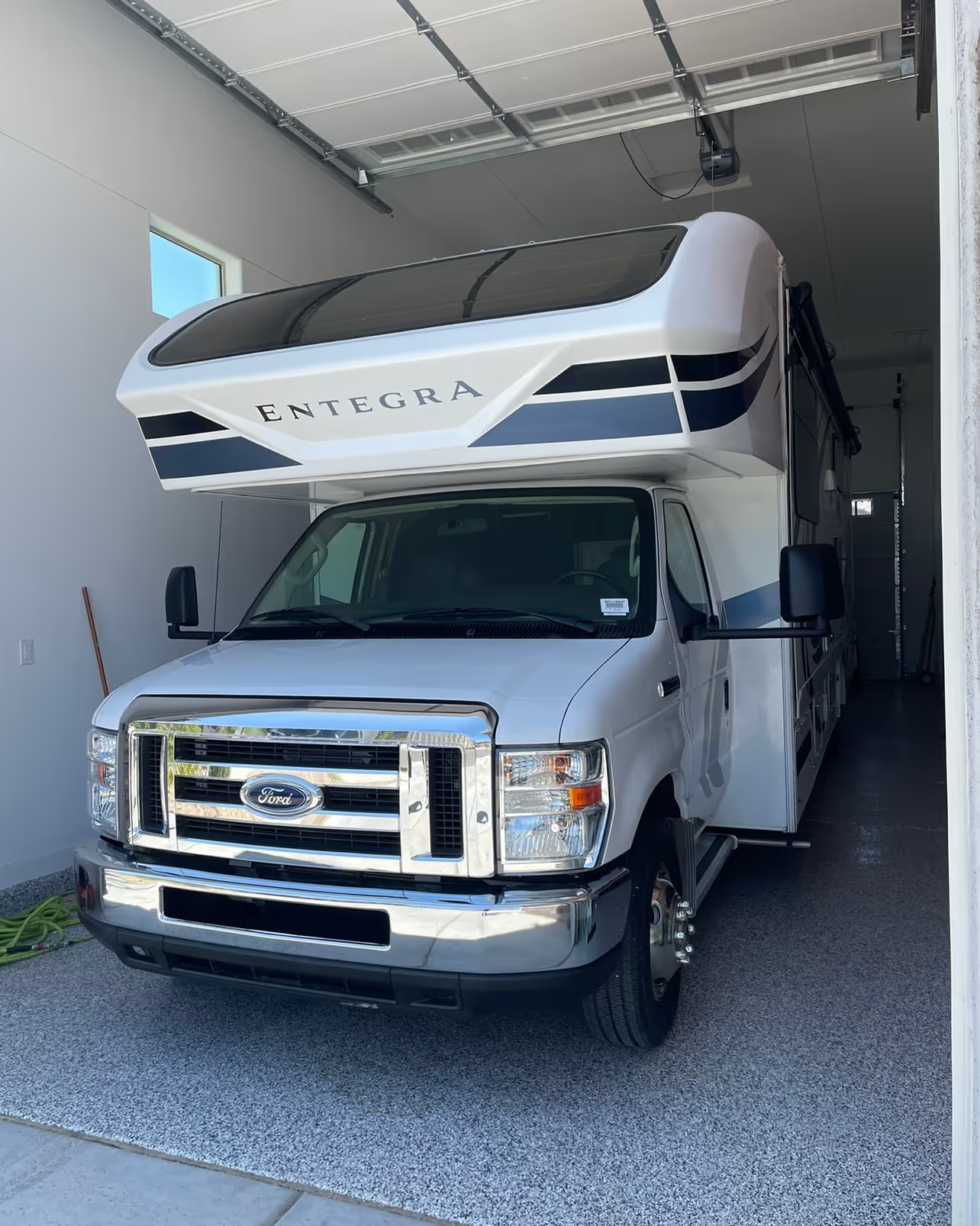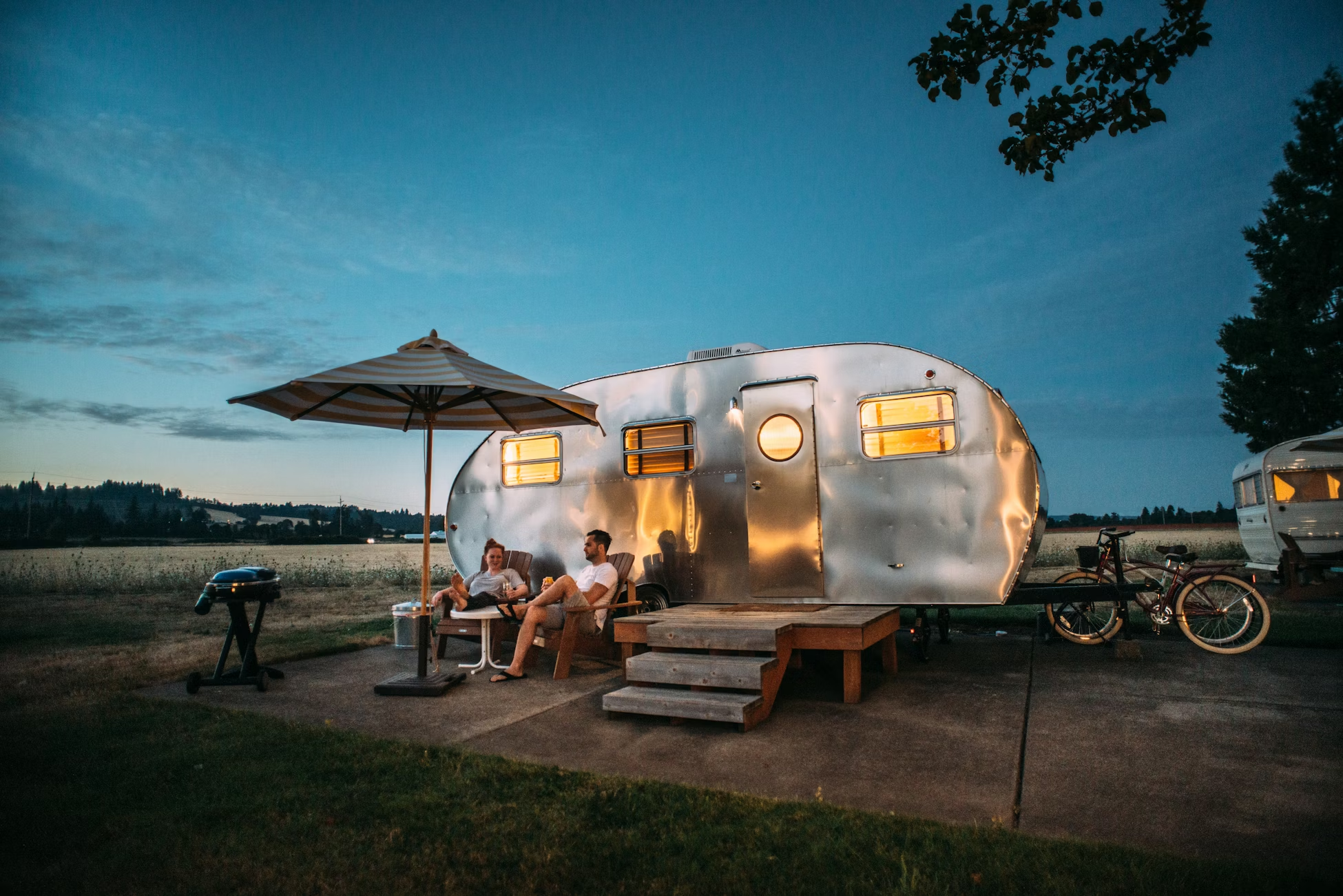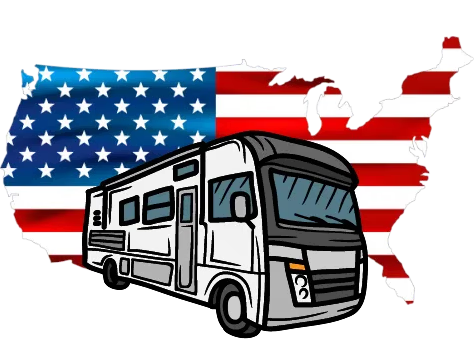RV rental success isn’t just about booking guests—it’s about knowing when and how to prepare your RV for the seasonal shifts that affect performance, guest satisfaction, and long-term asset health.
As rental demand spikes in summer and drops in winter (depending on region), your RV should be prepped accordingly—either for intensive use during peak season or safe, strategic storage in the off-season.
If you’re managing your RV through a professional program like RV Management USA, a big part of this prep is already systematized for you. But whether you're working with a team or handling your own transitions, understanding what seasonal preparation entails is essential to protect your RV and maximize returns.
Let’s break down what RV owners should do to prepare their rig for seasonal demand and store it properly between bookings.
Table of Contents
- Why Seasonal Prep Matters for RV Rentals
- Spring Prep for Summer Demand
- Mid-Season Maintenance for Peak Rental Flow
- Fall Decommissioning for Off-Season Markets
- How to Store Your RV the Right Way
- Protecting Mechanical Systems During Storage
- Interior Protection & Clean-Out
- Storage vs. Strategic Repositioning
- Final Thoughts
1. Why Seasonal Prep Matters for RV Rentals

Your RV is a revenue-generating machine—but only if it’s ready when demand hits. A well-prepped rig earns more, generates better reviews, and stays on the road longer. A poorly prepped one? It breaks mid-trip, burns reviews, and costs you bookings.
Seasonal prep ensures:
- Safe travel conditions for guests
- Systems work efficiently during long summer use
- Cold-weather damage is avoided during downtime
- Cleaning and maintenance are performed while issues are small
- Costly emergency repairs are minimized
For owners in a managed program like RVM, seasonal prep is done proactively, not reactively—so your RV is never caught unprepared.
2. Spring Prep for Summer Demand
Spring is when RVs return from a sleepy winter—and renters return in force. Here’s what needs to happen before that first big wave of bookings:
System Wake-Up
- De-winterize plumbing systems
- Flush and sanitize fresh water tanks
- Test water pump, faucets, toilet, and shower
- Check for leaks in all valves and joints
Mechanical Checks
- Change engine oil, top off fluids
- Test brakes and check tire PSI + tread
- Clean and test generator
- Inspect batteries (house and engine) for corrosion or low voltage
- Inspect suspension and undercarriage for rust or cracking
Comfort Systems
- Run furnace and A/C through a full cycle
- Clean air filters and test thermostats
- Inspect windows, seals, and vents for leaks
Interior Readiness
- Deep clean kitchen and bathrooms
- Check appliances and replace expired consumables
- Restock renter supplies (TP, soap, trash bags, etc.)
Spring prep is also the best time to perform cosmetic upgrades—fresh linens, new decor, a thorough upholstery clean. First impressions drive reviews.
3. Mid-Season Maintenance for Peak Rental Flow

Even with great prep, peak season wears down any RV. That’s why mid-summer maintenance is crucial for long-term rental health.
Mid-season service includes:
- Generator oil change (especially if used for A/C or boondocking)
- Roof inspection for cracks, separation, or water intrusion
- Full tank flush (black and gray) to prevent buildup or sensor failure
- Brake pad check and tire rotation (if needed)
- Refreshing interior with odor control, upholstery spot treatment, and deep cleaning
Professional programs like RVM build these checks into turnaround timelines—preventing issues before they cancel bookings.
4. Fall Decommissioning for Off-Season Markets
As temperatures drop and rental demand slows, it’s time to transition the RV into storage—or reposition it to a warmer region.
Decommissioning tasks include:
- Winterizing water systems with RV-safe antifreeze
- Draining and bypassing the water heater
- Emptying and cleaning black and gray tanks
- Turning off or disconnecting batteries
- Covering or sealing vents, windows, and external ports
- Cleaning the RV inside and out to prevent mold, mildew, or pests
If your RV is in a rental program, the Territory Manager coordinates these steps, ensures your rig is parked securely, and updates you on next spring’s reactivation timeline.
5. How to Store Your RV the Right Way
Storing an RV isn’t just about parking it and walking away. Done wrong, it can lead to flat spots, rodent damage, or frozen lines.
Here’s what smart storage includes:
Location Matters
- Covered or enclosed storage preferred
- Use a high-quality breathable cover if outdoors
- Park on gravel or pavement—never grass
- Avoid low areas prone to pooling water
Tires and Weight Distribution
- Inflate tires to max PSI
- Use leveling blocks or jacks to prevent tire flat spots
- Rotate tires manually every 30–60 days if possible
Power Systems
- Disconnect or trickle-charge batteries
- Turn off propane and disconnect regulator
- Unplug from shore power unless temperature-controlled with battery tender
6. Protecting Mechanical Systems During Storage
RVs are meant to move. When they don’t, seals dry, fluids settle, and systems degrade. Here’s how to avoid that:
- Run the generator for 20–30 minutes monthly
- Turn engine over at least once a month
- Keep fuel tanks ¾ full to prevent moisture buildup
- Add stabilizer to fuel and run through engine and generator
- Spray exposed metal parts with rust inhibitor (especially in humid climates)
Programs like RVM schedule these tasks during the off-season, even if your RV is idle—so you’re not surprised by repairs in spring.
7. Interior Protection & Clean-Out
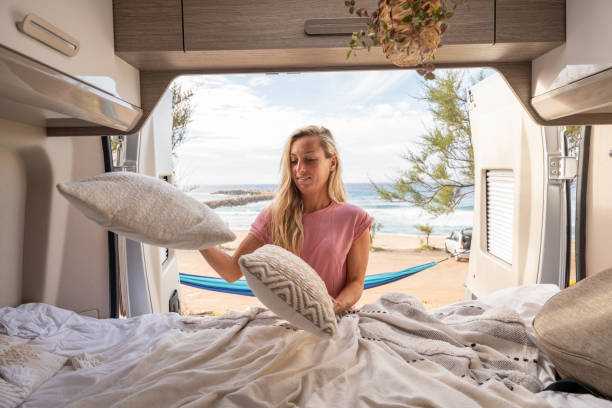
RVs stored without a deep clean become breeding grounds for pests, mildew, and mold.
Best practices before storage:
- Clean fridge and leave doors propped open
- Empty pantry and cabinets (even dry goods)
- Remove all textiles: linens, towels, rugs
- Use moisture absorbers or DampRid in kitchen and bath
- Close all blinds to prevent sun damage to upholstery
- Place mouse traps or deterrents in undercarriage and basement storage
A clean, dry interior lasts longer, smells better, and needs less work when spring comes.
8. Storage vs. Strategic Repositioning
If you’re in a flexible rental program, storage may not be your only option. Some owners reposition their RVs to warmer climates like Texas, Florida, Arizona, or California for winter rentals.
Benefits of repositioning:
- Continuous income in winter
- Less risk of cold-weather damage
- Year-round demand in snowbird regions
- RVM handles the transport and management in the new market
If your RV is winterized and earning nothing, repositioning may pay for itself.
9. Final Thoughts
Your RV isn’t just a vehicle—it’s a seasonal asset. Treating it with the right care at the right time of year is what keeps it profitable, reliable, and resale-worthy.
At RV Management USA, seasonal readiness is systematized: from spring activation and mid-season tune-ups to fall shutdowns and strategic repositioning. You’re never guessing, reacting, or playing catch-up.
Because seasonal success isn’t just about chasing demand—it’s about being ready when the season arrives.
– RVM Team
